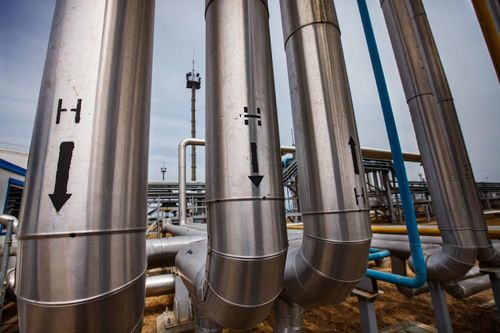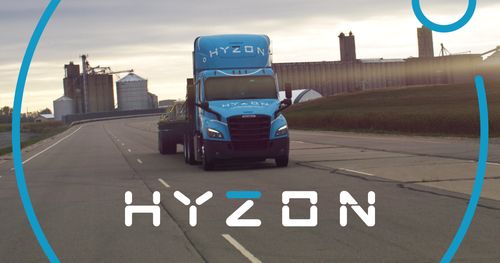Hyzon Motors has promoted two members on its senior leadership team to execute a strategy of developing and manufacturing hydrogen-powered fuel cell systems and the deployment of fuel cell electric vehicles, according to a news release.
Jiajia Wu has been named interim Chief Financial Officer, responsible for overseeing all financial operations including financial planning and analysis, accounting, and reporting.
Before joining Hyzon in 2021 as Chief Accounting Officer, Wu served as the Global Director of Cost & Technical Accounting and Reporting at UL Solutions. Prior to that role, she held various positions at EY.
Hyzon has launched a search for permanent CFO.
Pat Griffin, formerly President of Vehicle Operations, has been named President of North America and will oversee and manage Hyzon’s North America business regions, including full commercial, operational, and financial responsibilities. He will continue leading Hyzon’s global engineering, procurement, and operation efforts, and overseeing fuel cell production, US-based vehicle development and production, and US operations.
Griffin previously held leadership roles at multiple transport companies, including as CEO at Crane Carrier Company and President of Light Duty Truck & EV Solutions at Fontaine Modification.








